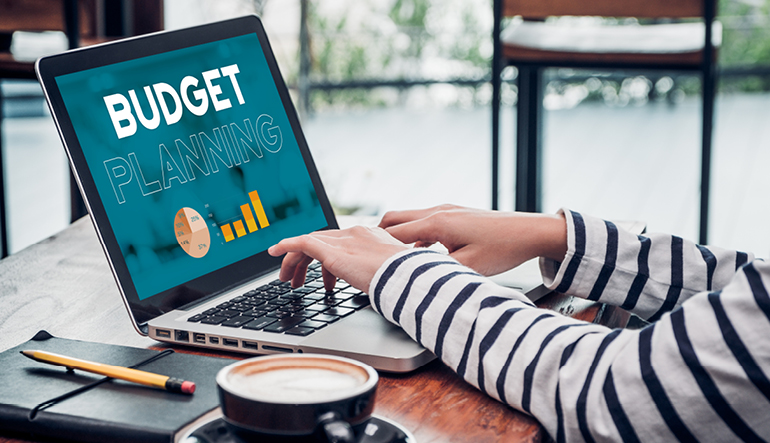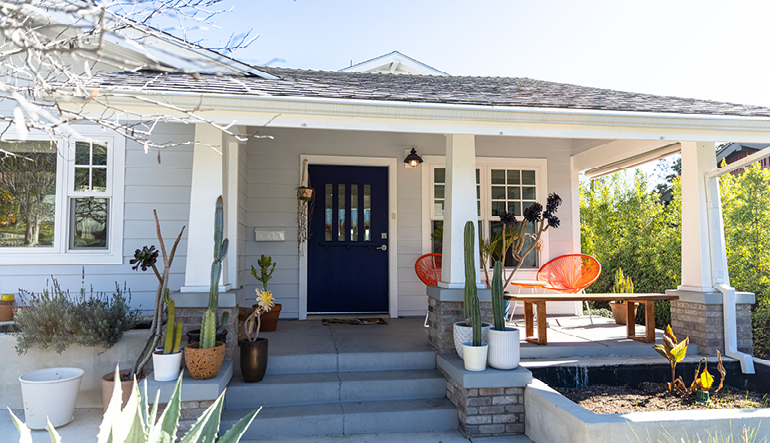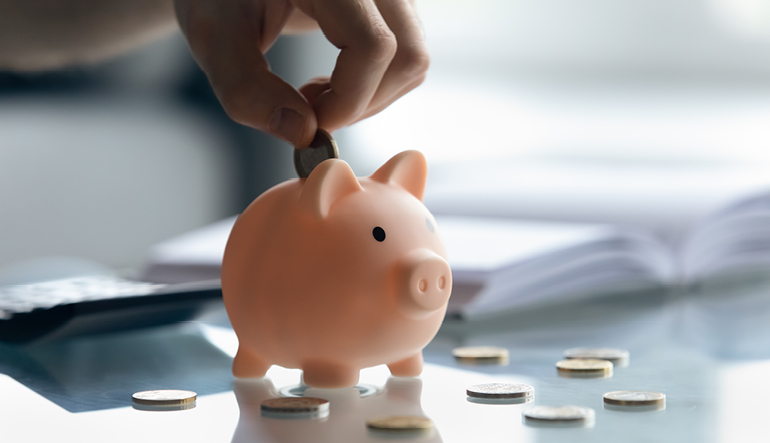
Budgeting is one of the most important parts of personal finance and essential to keep your finances in order. The purpose of a budget is to help you plan, track and organize your spending so you have a clear idea of where your money is going. There are many methods that can be used when creating a budget, but it’s important to identify which budgeting style works best for you in order to make sure it will be effective. A budget does not always mean having to limit yourself or the things you like to do, budgeting is more about focusing on finding ways to continue to do the things you enjoy with better money management. The four budget methods below offer different options to help you find the one that works best for you.
Clarity - The Zero-Based Budget: If this is the first time you are creating a budget or you are seeking a method that shows the full range of where your money goes, the zero-budget method may work well for you. Whether it be a month-to-month perspective or full year overview, this budget will offer full transparency into where your dollars are going. This method involves working down to zero by starting with your monthly net income and subtracting your monthly expenses and contributions such as investments and savings, until you have allocated every dollar in your net income to your desired category.
The key to this budgeting method is to allocate every dollar in your starting amount so that your total amount, once dispersed to the categories of your choice, equals zero. For example, if your net income is $2,000 and you spend $1,500 for essentials, including rent, utilities, transportation and food, you have $500 remaining to allocate into other categories until you reach zero. You determine how these funds are distributed based on your needs or wants until every dollar has been assigned. You may choose to put money toward savings, an extra credit card or loan payment, vacation fund, or an emergency fund. This budgeting style gives you control of how much you put where. The transparency of this method can help identify categories where you may want to cut back or contribute more, and it teaches you how to control your money rather than having it control you.
Priority - 60% Solution Budget: If your focus is on your essential needs like rent, utilities and transportation plus a few items that you deem essential to your lifestyle, the 60% budget method may work best for you. With this method, you are able to choose the items that you feel are essential in your day-to-day life that may not be classified as essentials to others. For example, things you would include in your 60% would be your essential needs, but you would also include items you see as essential, such as; dining out, gym membership or clubs, self-care, items for a pet if you have one, or leisure activities. Next you would use the remaining 40% toward saving for retirement, long-term goals, short-term goals and extra spending money. This budget allows you to not only prioritize the things that are important and essential to you, but also gives you flexibility and guidance on where you should be placing your money. Think of the expenses in your life currently and decide which you can go without, limit or eliminate all together to have a better outlook on what you want to include in your 60% priority category.
Simplicity - Paycheck Budget: This method is one of the easiest and most straightforward because it allows you to focus solely on your current funds and allocations per paycheck rather than by a full month or year. Because this budgeting style takes place in a shorter period of time, it allows you to have a better understanding of your funds between pay periods, and how to disperse them toward any additional expenses that may arise. This is great for getting started on the path to money management and category expense planning. This method can also help you identify if a majority of one of your paychecks is going toward essential bills. You may be able to reach out to your bill providers to ask about changing due dates so you can disperse your paychecks more evenly and feel less financial strain each pay period. Regardless of how much you make or save, this budget can be used by anyone at any starting amount.
Structure – The Calendar Budget: As it says in the name, your calendar, whether physical or digital, will be your budgeting guide. This method will give you a visual structure of when items are due and can assist with setting up alerts to keep you on track for the month. This is a great method if you have various payment dates throughout the month and allows you to focus on when payments are due versus having to plan specific spending amounts. You start by planning your calendar a month in advance and include your pay dates and amounts, all essential expenses per month and the dates they are due. Then, include less essential items like birthday gifts or outings, car maintenance, vacations, planned purchases and even doctor appointments where you might incur fees. Not only does the calendar method allow you to see when you get paid, when your priority bills are due and the amounts, but it also lays out other life events that require any type of spending. Make sure to show an overall total of your expenses on the calendar so you can track how much you spent per month. This method is simple to use and is great for those who may not have reoccurring payments set, have trouble remembering due dates or need help decreasing overspending each month.
If any of the above methods sound like they could work for you or if you liked something from each style, feel free to combine ideas to create a method that works best for you. The key takeaways include finding your focus, deciding on your urgency and time frame to budget and evaluating your current financial situation. Starting or changing your budget is always a great idea and will help you advance toward a clearer and more stable financial future.
Visit our Financial Knowledge Blog to learn more tips on setting up a solid financial future or join us for Financial Wellness Wednesdays.



